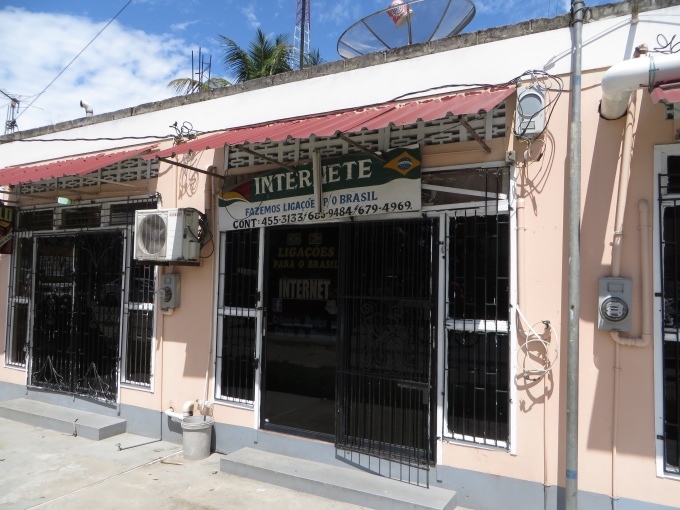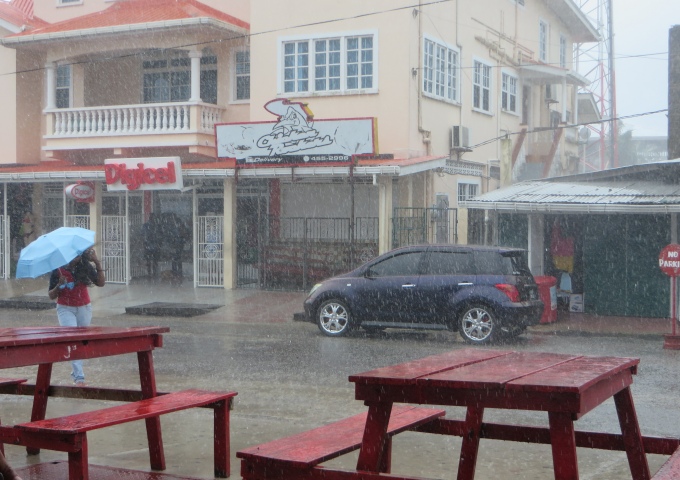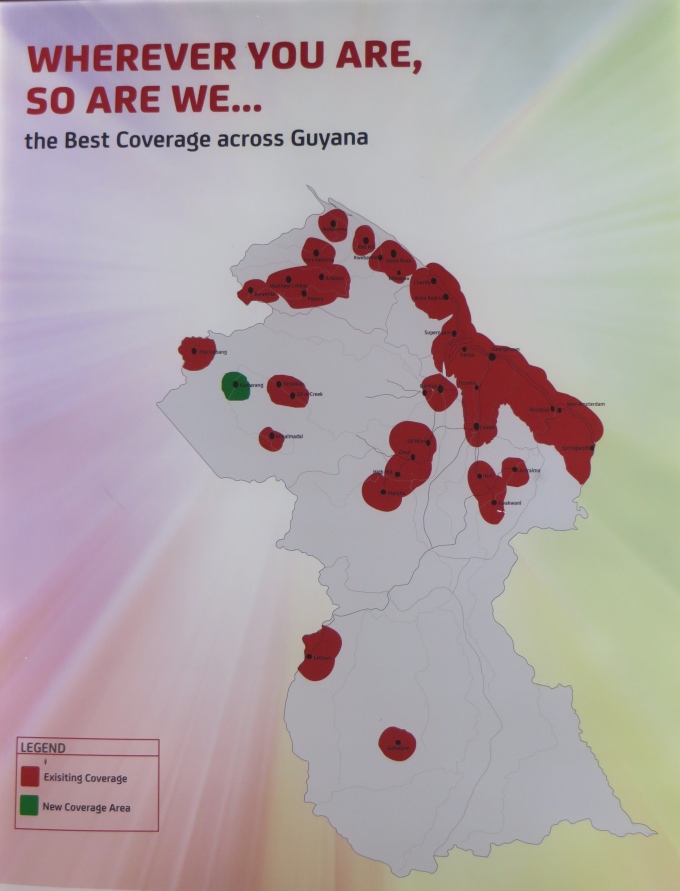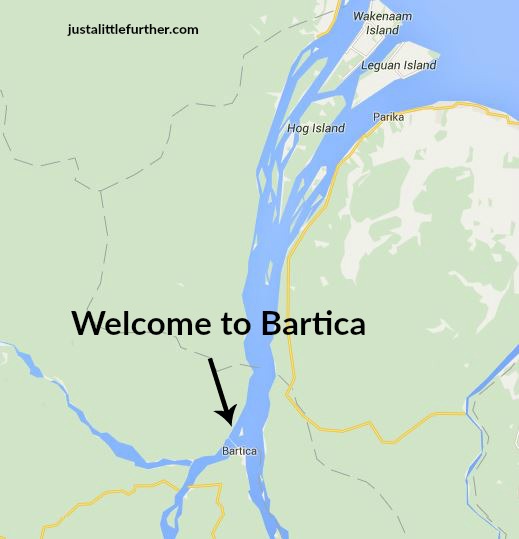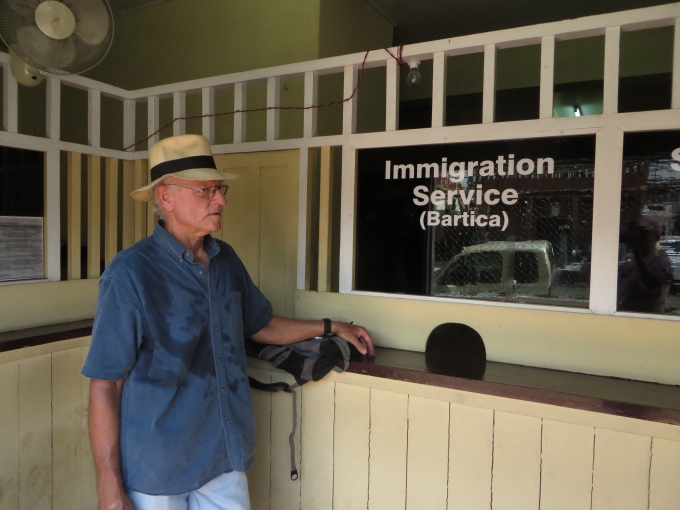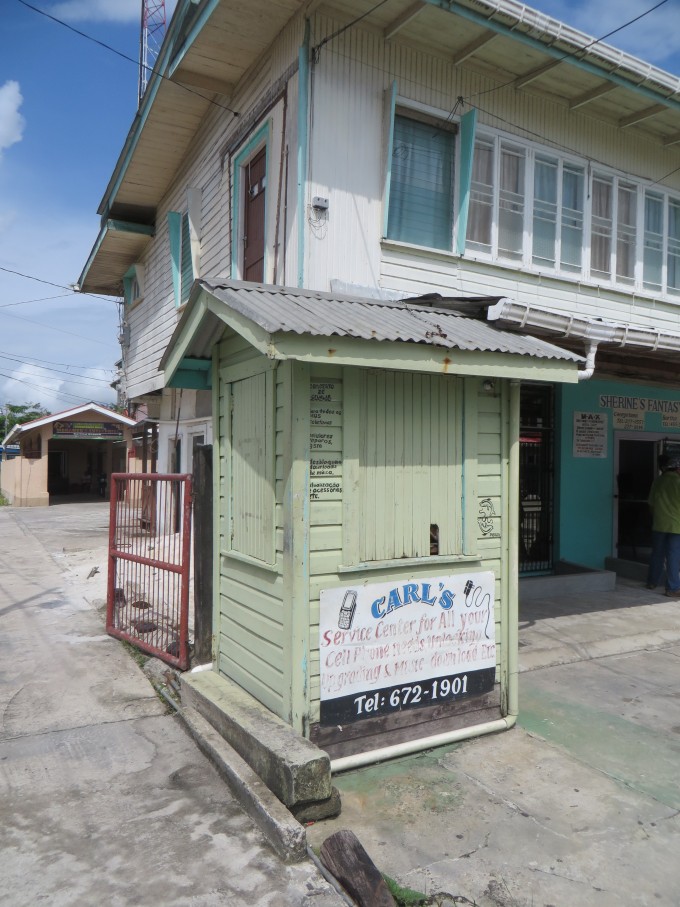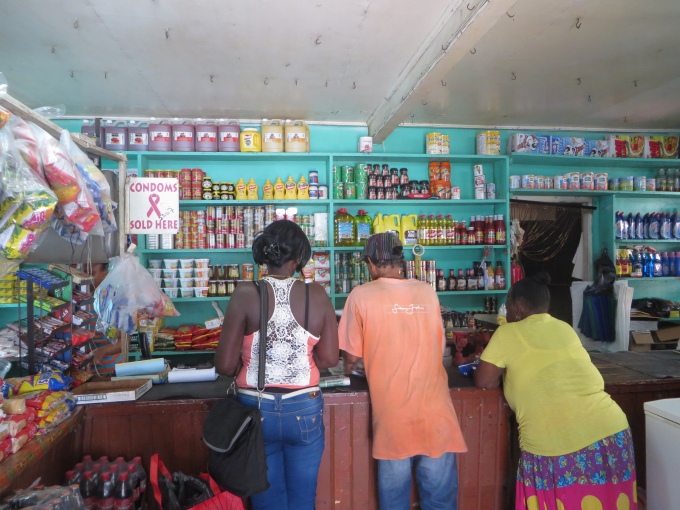Cowboys and Pork Knockers
/Visiting Bartica has become an experience in itself. It reminds us of Dawson City in the Yukon Territory or Leadville, Colorado, high in the Rocky Mountains or even Iquitos, Peru on the banks of the Amazon. A kind of 1950s-ish, scoff-law cowboy town … isolated and agrestic. The folks who live here are mostly miners or purveyors of supplies and services for miners.
Miners here are uniquely referred to as “pork knockers”, a term specific to freelance Guyanese gold and diamond miners. According to Wiki, the term “refers to the miners' regular diet of pickled … wild pig that is often eaten at the end of the day. Caribbean author, A. R. F. Webber, suggested that the term may have originated as pork-barrel knocker.” Odd name though it probably aptly describes the rough and tumble folks that live in this colorful, mining town. “Pork-knockers have been responsible for discovering large deposits of gold and diamonds. Many Guyanese stories describe pork-knockers who have made fortunes only to lose them in a tragic or comic fashion. Guyana-born author Jan Carew's 1958 novel, Black Midas, involves a boy leaving his coastal village to become a pork-knocker.”
There is a lawless kind of feel to the place though the police station is right on First Avenue … behind a sturdy fence topped with razor wire. The roads are unmaintained. There's trash everywhere ... on the streets, in the gutters, vacant lots, and along the shore. We brought in a bag of trash to shore for disposal and asked our dinghy valet where to dispose of it. He shrugged and pointed to the shore which was heaped high with rubbish. We asked at the Police Station and it took awhile to determine that the only public trash bin they knew of was on the ferry stelling.
Cars and trucks park haphazardly anywhere there's room and sometimes where there's not. Big olive green mining trucks full of fuel barrels, equipment and supplies take up all of the width of the roads sometimes, forcing other cars to back up out of the way.
The narrow, pot-holed streets are jammed with pedestrians and traffic, but it seems to work. Traffic noise is trumped by loud music blaring from the booths of vendors selling pirated CDs and DVDs. Orderly chaos, maybe?
The bars, most without signs, do a land-office business and seem to be open all the time, dispensing cold beer and spirits in volume. People ... men and women … walk, or sometimes stagger, along the streets swigging beer day and night (not unlike Vegas or New Orleans, I suppose), talking loudly or maybe singing We hear music ashore late into the night. Like hard-working miners everywhere, when there's a bit of a jingle in their pocket and there's time away from the harsh, backbreaking mining routine, it's time to relax and throw a few beers back (and then a few more).
Housing must be at a premium because there's a plethora of weathered old, dilapidated houses throughout the town that should probably be condemned, but appear to be occupied ... laundry hanging on the lines and rain barrels in position to catch fresh water. Speaking of fresh water, there is no potable water available from the town taps and effluent drains into the river. We cannot use the watermaker because we're anchored in fresh water. We've been advised to catch rainwater for drinking or buy bottled water. Our water tanks are still pretty full, but we're in conservation mode.
Despite the trash and the potholes and the inconveniences, there is a definite third world, Old Wild West charm to Bartica that we appreciate. People are friendly on the streets, look you in the eye, smile, and say hello. We stopped by one shop to ask a question and were invited to a Hindu pre-wedding party later that evening. People are rugged and self-sufficient here, living in wild isolation, but their friendliness shows through a rather hard exterior.









